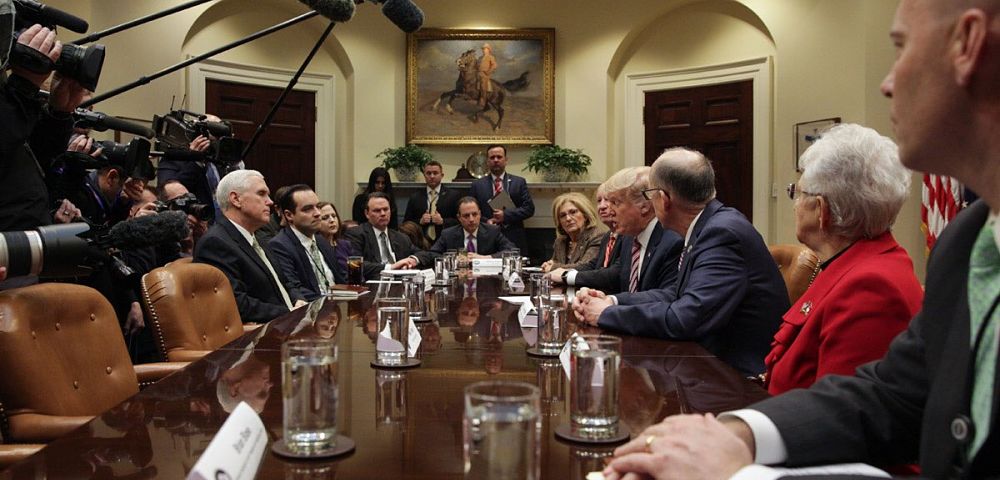Trump Challenges PR Basics: Let’s Affirm Them
Editor’s Note: CommPRO reached out to our community, seeking their thoughts about President Donald Trump’s impact on the public relationsindustry. We welcome your comments.
For better and for worse, the Trumpian approach to communication is a real-time public relations case study. On one hand, Trump’s spontaneous, inconsistent, sometimes truth-challenged and usually one-way approach to sharing information has emphasized the worst of what some people think about our profession: We’ll say anything, truth does not matter, we change our story and we’re at odds with the media.
On the flip side, it has been an opportunity for the principled among us to emphasize our role “inside the room” – influencing strategy and policy and preventing fires (not running along behind them), insisting on transparency, and re-educating constituencies about what public relations really is and who is qualified to practice it. (Because someone stands at a mic and talks, they are not necessarily a public relations pro.)
The Trump presidency has challenged PR pros to refine how and when we pivot our skills, rising to meet the occasion. It is a bracing reminder of how we can be stretched beyond our core role, for instance, getting asked about your boss/client’s sex life or financial situation, not just the biz they do.
Ironically, this change in our landscape has, in our opinion, elevated our roles within our organizations and for our clients. Whether we are preparing for a 6 a.m. tweet that might take aim at our company or industry, or how we discuss tax or trade and tariff policy with our stakeholders, the seat at the table we have long coveted is a bit more comfortable and closer to leadership. They know they need us; they know they don’t want to appear like that.
For a decade-plus, we have shifted the way we counsel beyond a press-agent model of “here’s the information we want you to have,” adopting a two-way, symmetrical approach to communications. Social media and the digital landscape make such counsel relevant, even required. Dialogue between our organization or clients and their stakeholders is now seen as essential; it must be done to gain engagement and foster measurement.
Yet Trump goes direct to the public, one-way only, with his unfiltered thoughts. The content and factualness of the narrative and messaging seems, at times, irrelevant. For those we counsel, they see daily an approach from the President that contradicts what they are hearing from us.
His reign underscores the fact that everyone has access to all information virtually all of the time, which is all the more reason to embrace anew central tenets of public relations, like knowing, agreeing on and effectively communicating our client or organizational narrative or counter-narrative. We must engage, gain feedback, analyze engagement and otherwise lean in to the essentials of our craft.
And it can sound trite in an era when “transparency” is bandied about widely and “truth” seems to have multiple definitions, but the Trump Effect on public relations is clear: We must recommit to the soundness and veracity of our messages and the importance of relationships – with the media and with stakeholders who depend on us for fair play.
Many of us learned that Mr. Nixon thought PR was something to be deployed to clean up messes. The current President may think PR is whatever message he shares that day.
No; public relations is a strategic communication process that is mutually beneficial. And, yes, we are story tellers, but those stories are built on facts.
By Ed Patterson and Drew Plant
About the Authors: Ed Patterson is a corporate and communications counselor and a former senior communications executive to Fortune 500 and large private businesses. B. Andrew (Drew) Plant is an independent public relations strategist, primarily partnering with entrepreneurs in professional and financial services, as well as the occasional lucky political candidate.




